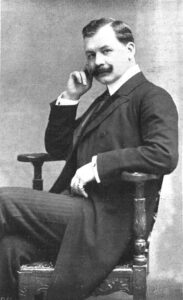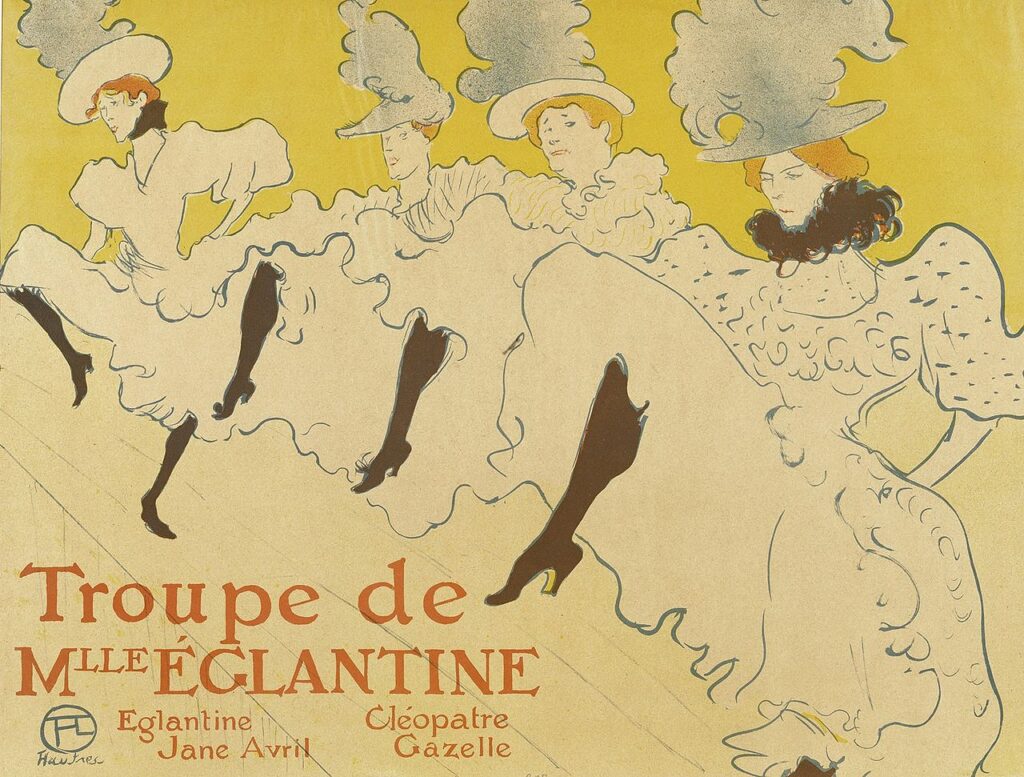If the title of this post sounds like a comment on the tragic tearing-apart of our nation, it isn’t, although you are free to draw connections as you wish.
Instead, this essay concerns a single complaint: namely the fact that too many of today’s creative artists doubt the power of beauty, and thus are unwilling to present something of beauty without messing it up.
The arts throughout history are charged with the duty to express a multitude of ideas, including ideas that are dark and difficult. Theater primarily is a venue for adults, so plays, operas, and ballets have always featured what were considered “adult themes.” (That phrase sounds quaint in light of today’s crude and sexualized society, does it not?)
Accordingly, attending an effective production of Edward Albee’s 1962 masterpiece Who’s Afraid of Virginia Woolf, I expect to hold on to my seat as its bitter dialogue and dark emotions pierce my ears, eyes, and mind. Accordingly, I hope to emerge with a greater understanding of the complexities of human relationships as well as a greater appreciation of the power of love.

But The Merry Widow? A operetta premiered in 1905 by the fine Hungarian composer Franz Lehár? A work celebrated then and now for its charming music, including the “Merry Widow Waltz”? What would lead someone to drag this kind of work through the dirt?
Operettas of the late 19th and early 20th centuries (a period known as the fin de siècle) were not examples of serious drama. They did, however, invoke what I like to call “gently grown-up” material (e.g., indelicate liaisons or the foibles of the main characters). Most importantly, operettas functioned as vehicles for stylish dancing, gorgeous singing, sumptuous costumes, and comedic stock devices that date back to Renaissance commedia dell’arte like couples hiding in pavilions or frantic searches for potentially incriminating objects. Ultimately, the flawed characters do the right thing, the proper couples are united, the right virtues are proclaimed, and all ends happily.
Of course, before deciding to show the grandchildren a production of The Merry Widow selected from the Metropolitan Opera’s wondrous on-demand collection, I screened it. Had Act I opened with characters clad in gangster clothing and draped over hoods of cars, or figures floating in a futuristic colony on the moon (don’t laugh; this happens), I would have been concerned and chosen another opera.
But everything looked utterly traditional and gorgeous: everywhere I clicked my cursor, I saw a cornucopia of extravagant costumes, beautiful sets, and elegant dancing, all performed by a marvelous cast headed by Renée Fleming.
And so it was a vision of beauty . . . until the last act. Fortunately, both grandchildren had faded and been dragged off to bed with a promise that we would finish it tomorrow.

Yes, we will, but not this production. I knew the final act took place in a comic replication of Maxim’s, a famous Parisian bistro founded in 1893. I expected the set to explode in Art Nouveau décor appropriate to the fashionable Parisians who would have gathered there. And yes, Maxim’s bespeaks an era when colorful dances abounded such as the waltz, the gallop, and the “can-can.” The can-can indeed had been edgy when introduced in the 1840s, with its boisterous rhythm and dancers brusquely whisking ruffled, ankle-length skirts right and left as their legs kicked higher and higher.
But this had not been an edgy production! Quite the contrary. So what was the artistic imperative to turn the can-can dancers who open Act III into a group of quasi-pornographic figures, seemingly drunken or drugged up, engaged in robotic, gymnastic versions of pole dancing (sans pole)?
Oh, I’ve seen far worse things on the stage. Wait, we don’t have to go to the theater anymore to see such things, do we? We can see demeaning theatrics everywhere in today’s society. Dare I invoke the Super-Bowl half-time shows? Dare I mention the obscenities flashing from T-shirts or blaring from the covers of magazines in the check-out lines of grocery stores? These are all things that would have caused previous generation to throw a sack over their children’s heads and flee.

My complaint goes beyond the vulgarity of it all. It is the stylistic incongruity that bothers me. What kind of artistic vision leads a director to disrupt a production characterized by beauty and elegance and insert an embarrassing effort to evoke historical “edginess” using contemporary crudeness? Does his decision stem from a belief that the contemporary box office demands at least a sliver of tawdriness? Or might it also be a post-modern distrust in the power of beauty?
Ironically, our most educated tend to be the ones unable to value the artistic force of beauty. These are the very people who sink appreciatively into a 90-minute massage enhanced by aroma therapy and minerals from the Dead Sea, or salivate over a Caramel Macchiato, Venti, Extra-shot, Extra-hot, Extra Whip. Are they really afraid to trust a two-hour stretch of beauty?
I, for one, have grown weary of those who take beautiful things and drag them down to levels of tawdriness. Of course, tawdry is as tawdry does. Think of how many people, especially young people, have rarely experienced beautiful things. From childhood on, they have been thrown into an ugly, noisy world where everything flashes, bangs, and screams its message. Everything they hear is amplified. Everything they see flies by like the wind. The words said and sung are shallow, unfulfilling, or demeaning. Concepts like contemplation, transcendence, and beauty are presented as undesirable, weak, or boring.
If only we, in our creative work, could commit (or recommit) ourselves to expressing beauty! We really can teach children to recognize and trust beauty’s power. We can show them how to identify beauty, particularly historically. We can lead them to embrace beauty and plumb its depths.
And why not also help them learn to identify, judge, and appreciate stylistic consistency? A production of The Magic Flute staged in a futuristic dystopia where the Three Ladies enter as space creatures on a bicycle built for three, their heads incased in glass fishbowls, can actually work well. (I’ve seen this production.) But such a staging would lose a great deal if it were interrupted by a scene more appropriate to a hoe-down in Oklahoma.
Nothing valuable is achieved by fracturing the sweeping magic of a waltz-based operetta with ugly and crude gestures, other than, perhaps, gratifying the worship of incongruity so characteristic of our age. That aesthetic has masqueraded too long as “artistic genius,” masking what it truly is: a distrust of the elements of style and a foil for a deficit of creative ideas.




Magic Flute and bicycle built for three?
There’s a visual. Thanks for your words. Much can be said for a broad range of Beauty Ruining lately.
Keep up the good work.
WOW! this is a great post! Thank you!
“If only we, in our creative work, could commit (or recommit) ourselves to expressing beauty! We really can teach children to recognize and trust beauty’s power. We can show them how to identify beauty, particularly historically. We can lead them to embrace beauty and plumb its depths.”—- Love this!
Thank you.
Great post, Professor Carol! Thank you!
Hi, Professor Carol, I agree with you. Humility, that invisible virtue of children, opens the back door of the wardrobe. As C. S. Lewis wrote, those children journeyed and were transformed by beauty, goodness, and truth that prevailed over evil. Although not completely absent from our current artists, many have lost their humility by pride in themselves. This loss of humility blinds minds and hearts to the transcendent world beyond the wardrobe door. Much more could be written, but that is my 2 cents for now. Best to you, Allen Long
Thanks Professor Carol for this excellent post ~ I’ve been feeling exactly this way for years! No one seems to even *want* to see beauty any more. It’s so sad. Again, excellent post!
These are the same who think they are being relevant by making an all-gay production of Oklahoma! (Oregon Shakespeare, a few years ago). And even changing gender pronouns in script and music was approved by the Rodgers & Hammerstein organization. Trying to present “reality” as if it were Truth never ends well.
This is an excellent post and relates my thoughts exactly even though I would not have known how to express them as eloquently as you have! I desire beauty in my life; this goes a long way to encourage me in my pursuit of that!! Thanks so much!
Great reading, thank you, Professor Carol. We need to spread this message further.